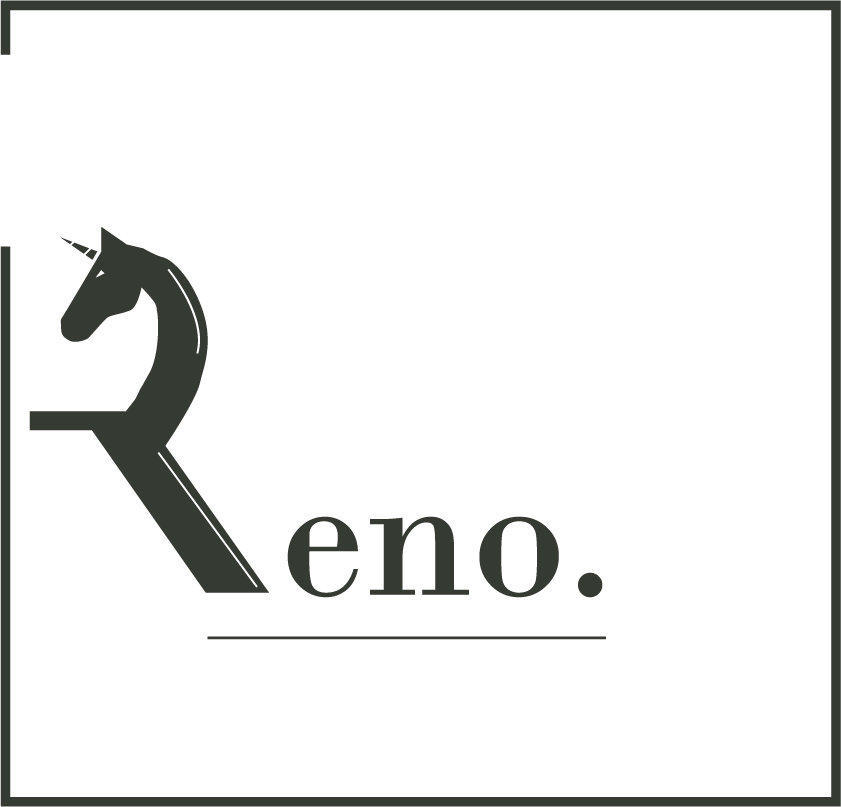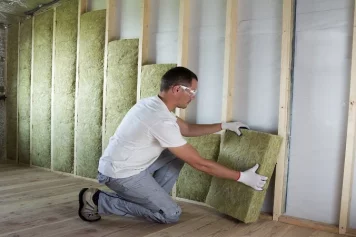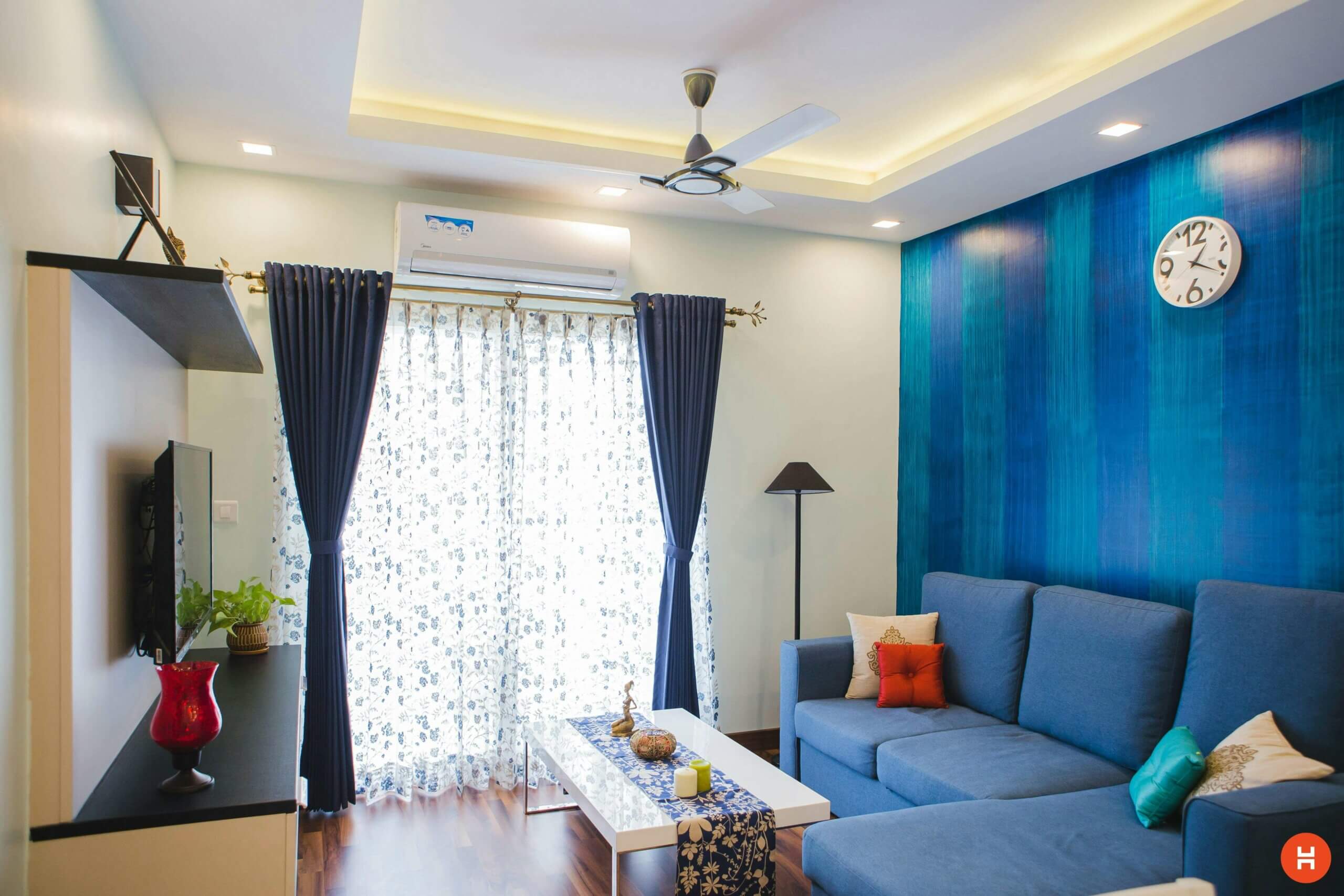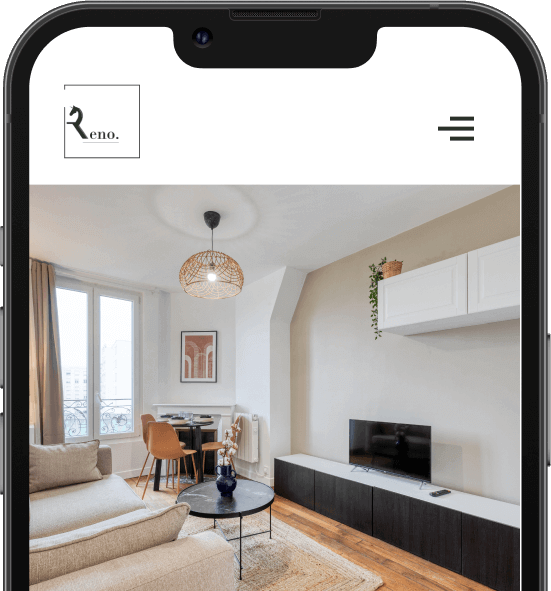Various mortgage loan schemes allow you to finance the purchase and improvement work on a house or apartment. Among the most popular, the zero-rate loan (PTZ) and the eco-PTZ are financial aids repayable without interest. The former facilitates home ownership while the latter finances the completion of energy-efficient work in the home. In both cases, these support schemes are led by the State, aimed at households with the lowest incomes. The classic PTZ is particularly useful for future buyers who are buying new or existing properties. This subsidized loan is granted subject to means-tested conditions and allows for significant savings. Discover in this article the ins and outs of the PTZ on renovation work .
The zero-interest loan, a loan supported by the French government
Maintained until the end of 2023, the zero-interest loan (PTZ) is a mortgage loan whose interest is paid by the government to facilitate access to property ownership. This can be for a new or existing home. If the real estate project involves the acquisition of a period property, the zero-interest loan would be considered assistance for its renovation. To carry out specific energy-saving work in the home, the borrower can also benefit from a complementary eco-PTZ.
With no interest or application fees, the traditional zero-interest loan allows you to finance 20 to 40% of a real estate project. In other words, the system subsidizes a portion of the purchase or construction of a primary residence. Most state-approved banks offer this assistance, but this is not the case for all online lending institutions. Indeed, the administrative and financial procedures required to offer the zero-interest loan are not necessarily feasible for these specific banking institutions. At the level of traditional institutions, the allocation of the zero-interest loan is subject to the same criteria as a traditional loan.
To process your application, you must provide your bank with the following documents:
- Your identity document or family record book,
- Your last 3 tax notices,
- A sworn statement from the buyer,
- The estimate for real estate transactions,
- At the end of the work, the supporting documents for the latter being visibly carried out.
The main objective of the subsidized loan is to encourage the purchase of new or existing residences that meet strict energy performance conditions. It is granted to first-time buyers and can also be combined with other home improvement subsidies (subsidies from the National Housing Agency [ANAH], MaPrimeRénov’, local authority subsidies, or energy certificates) offered by the public authorities and regulated by law. In conclusion, this credit can be used to finance the purchase of a new home, as well as to finance real estate subject to renovation.
The PTZ for the acquisition of an old property, subject to work
Strictly speaking, the zero-interest loan can help you purchase an existing home by financing 40% of the purchase price. This scheme can also be used to finance renovation work in your main residence. This could be for the construction of your future home (creating a garage or terrace) or work intended to save energy (thermal insulation, heating installation, or domestic hot water production). To be eligible, the renovations undertaken must represent 25% of the total cost of the transaction (purchase + work).
It is within this framework that the eco-PTZ can be combined with the zero-interest loan. This additional aid, intended exclusively for energy renovation, is granted provided that you are the owner-occupier, landlord, or one of the co-owners of a property built on French territory. Like the old PTZ, the eco-PTZ is paid by certain traditional banks, but this time, without any means test. In concrete terms, this loan is an advance of funds that is part of the energy renovation aid.
Please note that it is possible to apply for a complementary zero-interest eco-loan, in addition to the standard zero-interest loan, for one-off renovation work. This is done with the aim of improving the property’s energy performance. The work carried out must meet a minimum energy performance threshold. In other words, the objective of the zero-interest eco-loan is to achieve a minimum level of energy performance and greenhouse gas emissions. To qualify for the zero-interest eco-loan, the work must be carried out by qualified professionals recognized as environmental guarantors, commonly known as “RGE”.
Moreover, the two joint loans can be combined, provided they do not exceed the government-set limit of €30,000. The zero-interest loan simply allows for major renovations, equivalent to a complete overhaul.
What work is eligible for the zero-rate loan?
To qualify for a zero-interest loan for existing properties, the desired property must undergo certain renovation work. There are three main categories of eligible work. Here they are:
- The creation of new spaces/annexes (garage, terrace, parking space, etc.),
- Modernization, sanitation or development of living spaces,
- Carrying out energy-saving work on housing.
The zero-interest loan allows you to borrow a sum of money repayable from a bank, without having to pay interest in return. As a result, it allows the creation of new living space such as a garage or terrace, the development of a kitchen or bathroom, and energy-saving work. Following the work to improve the energy performance level, the home must have a maximum annual consumption of 331 kWh/m 2 in primary energy for heating, cooling, and domestic hot water production.
Please note that renovation work on non-collective sanitation systems can be carried out with eco-PTZ financing. Thermal insulation (of the roof, exterior walls, windows, doors, and lower floors) and the installation of heating and domestic hot water production equipment are also eligible for the loan. With the zero-interest eco-loan, it is also possible to carry out similar renovation work in a condominium.
Conditions for obtaining a zero-interest loan
The PTZ is granted based on certain eligibility conditions for carrying out the work detailed above. Financing construction, the purchase of real estate, or the renovation of a home is only feasible if the borrower and the home meet the following criteria.
Right to PTZ: who is eligible?
Not all French people who wish to carry out renovation work or purchase their first primary residence are eligible. In fact, to qualify for the zero-interest loan, you must be an owner-occupier, a future landlord, a co-owner-occupier, or a landlord. Conversely, the eco-PTZ is open to everyone; even co-ownerships can benefit from it to finance energy renovation work (thermal insulation, rehabilitation of sanitation systems, installation of heating or domestic hot water production). However, the bank still examines the applicant’s financial situation before granting financing for the work. For your information, a person eligible for the PTZ cannot take out a zero-interest loan from just any banking institution.
The home ownership support scheme is reserved for first-time buyers. The subsidized loan is specifically designed for buyers who have not owned a completed home for at least two years. The primary criterion for eligibility is that they are making their first property purchase. Legal entities are not eligible for the zero-interest loan.
Right to PTZ: what types of housing are eligible?
The PTZ is an interest-free loan granted by a bank and supported by the French government. While it allows you to finance your real estate project, it only applies to certain types of housing. For new builds, it applies to:
- Goods sold off-plan;
- The acquisition of a new, completed property that has never been occupied;
- Construction of a detached house/acquisition of land;
- The transformation of offices into property;
- The acquisition of a property for its first occupation after carrying out renovation work.
The loan can also help finance the construction or acquisition of an outbuilding, such as a garage or parking space. However, for older properties, all properties are subject to the zoning system. The zero-interest loan finances 40% of the purchase of a house or apartment in specific zones located only within France.
In short, the housing eligible for the scheme must be intended to become a primary residence, a secondary residence, or a rental property. This may involve the purchase of a building as part of a Sale for Renovation (VIR) or social housing (in this case, the rate applied is only 10%).
For private homes, work must not begin before obtaining a zero-interest loan. In this type of situation, the borrower must provide their bank with a sworn statement proving their willingness to carry out real estate transactions.
Right to PTZ: what are the geographical zonings?
The conditions for granting a zero-interest loan depend on the geographic location of the property in question. In addition to being the borrower’s primary residence, the property must also comply with specific geographic zoning. Among other things, the property for which you are applying for a zero-interest loan must be located in zones A, Abis, B1, B2, or C. Here are some clarifications:
- In tense zones, A, Abis and B1, there is no old PTZ, because these zones are only eligible for the new zero-rate loan;
- In relaxed areas, i.e. in zones B2 and C, the PTZ finances 20% of the amount of the operation for new buildings and 40% for old buildings, on condition that 25% of the work is presented.
It should be noted that the homes affected by these works eligible for the zero-interest loan must have been built more than two years ago. The zero-interest eco-loan works in the same way, but applies to all owners without exception (landlords, co-owners).
The amount and duration of the zero-interest loan
Intended for future buyers of their first primary residence, the PTZ is a supplementary loan granted under certain resource conditions. Its amount varies depending on the nature of the planned work, the geographical area, and the number of people in the household. By law, an unborn child is considered a full member of the household, which allows individuals in this situation to borrow more. As a reminder, the subsidized loan can only contribute to the maximum financing of 40% of a real estate transaction. Once the credit is acquired, the interested party will have to repay it in constant monthly installments based on their income and the location of the home, all over a period of 15 to 25 years depending on the case.
In general, the zero-interest loan is particularly convenient and flexible, as a grace period of between 5 and 15 years is included during this repayment period. Thus, the borrower will not repay the loan during this period, which allows them to avoid having to accumulate several loans at once. Indeed, this situation can be difficult to manage in terms of budget. At the end of the grace period, the borrower can begin the repayment period of the zero-interest loan. The latter cannot finance your entire investment, so it must be used in addition to another loan. In theory, the higher your income, the shorter the repayment period will be.
The amounts of old PTZs granted range from 43,000 euros to 101,300 euros in zone B2 and between 40,000 euros and 93,000 euros in zone C. To carry out energy renovation work such as insulating walls, windows, doors, lower floors, etc., the eco-PTZ finances a maximum amount of 59,000 euros.







